The lowest value that is constantly refreshed, where did the Arctic Glacier go?The answer is wonderful
Author:Astronomy online Time:2022.08.14
The loss of the Arctic Sea Ice is imminent -what caused this situation?
Arctic Glacier reaches the lowest value this year -two scientists from NASA explained the reasons for the overall reduction of the Arctic Glacier
In 2011, it is in the season when the Arctic Polar Day. Scientists take the U.S. Coast Guard "Haili" to sail the south of Chukiqi Sea to perform the "ice escape" mission initiated by the National Aerospace Administration. The purpose is to study the changes in the Arctic environment. What will affect the surrounding marine ecosystem.
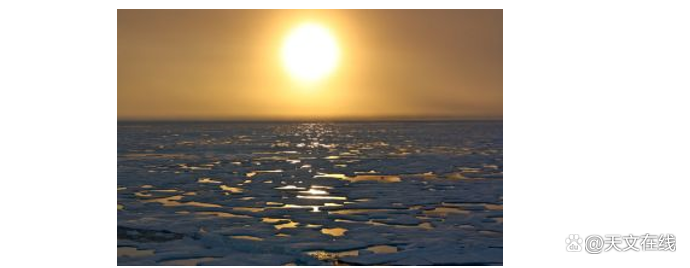
Image source: National Aerospace Bureau/Catherine Hanson
This article was originally published in "Dialogue". The publisher provides this article to the voice of Space.com's experts -views and insights columns.
Alex Petty, associate research member
Reynte Bvirell, Haibing scientist and deputy project scientist of NASA's ice bridge operation
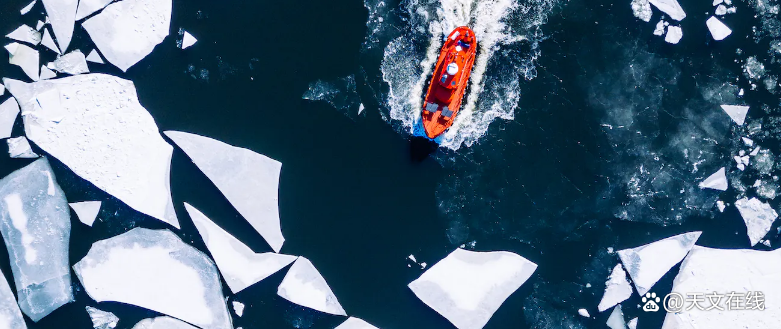
September marks the end of the Arctic Summer. It is the time when the Arctic ice stops melting and turns. The ice content in the Arctic ocean will reach the lowest point of the year at this time.
For the captain who wants to cross the North Pole, this is undoubtedly the time that is most conducive to their sailing. Especially in recent years, since the 1980s, carbon dioxide content has increased sharply due to human activities, the temperature rose, and the ice on the sea surface The quantity is getting less and less, about half of the former, which provides a lot of convenience for the navigation of the Arctic region.
NASA's scientists have studied the reasons and possible consequences of the changes in the amount of ice in the Arctic. On September 16, 2021, the coverage area of Arctic Ocean Ice reached the lowest level. Although this is not the lowest record ever, but reviewing the changes in the lowest coverage area of each year, we still find that the content of the Arctic Ice has always shown a downward trend under the change of climate.
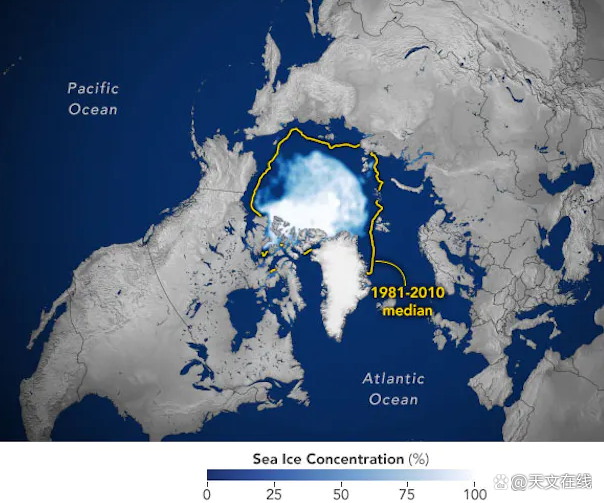
The Arctic is warming
According to the latest climate assessment report of the Special Committee of the UN Government Climate Change, in recent years, the annual average of the Arctic sea ice content has reached the lowest level since 1850, and the minimum content measured in the late summer has reached at least 1,000 years. At the lowest level, the experts concluded that "Before 2050, the Arctic may have at least once in the late September low summer season." There is almost no sea ice. "
Polaris reduction (black line) and five scenarios for future predictions.
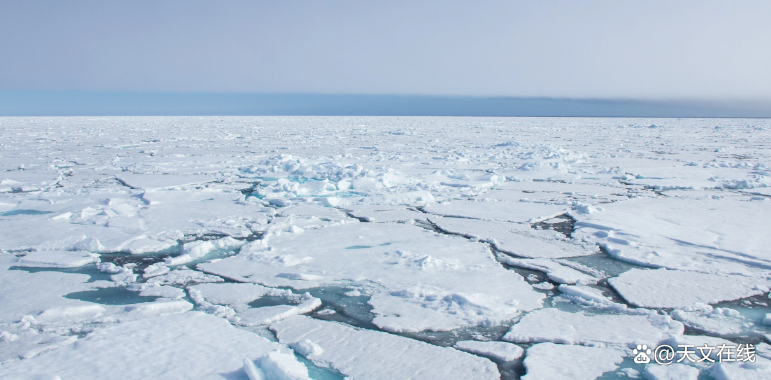
Polaris reduction (black line) and five scenarios for future predictions. (Image source: NSIDC/ED Hawkins)
With the melting of the Arctic Ice, the bright ice layer is replaced by the dark and open sea surface. Due to the stronger ability to absorb light, the solar radiation that reflexes from the Arctic will be less, which will lead to the absorption of the Arctic region. More calories make more ice loss, so that the positive feedback cycle is repeatedly reached, which makes the North pole warming three times faster than the entire earth. Of course, this is only one of the reasons why the Arctic is rapidly warming.
From 2021, what happened to the Arctic Ocean Ice?
The smallest time in the past year is based on the climate change in the previous year. This year, the Arctic experienced an abnormal high -pressure system and a strong clockwise wind. It blows the thickest and oldest ice surface in the central part of the Arctic to Polt Sea in northern Alaska, which has attracted the attention of Haibing scientists.

In the summer of the Arctic Ocean, the melting of ice and snow starts from May, and this month will also enter the Arctic. On the one hand, the amount of sea ice flow is increased. On the one hand, the cyclone also keeps the temperature near the Arctic at a relatively low level, thereby limiting the melting of sea ice to a certain extent.
In June, the range and speed of sea ice melting will increase significantly, because at this time, the low -pressure system occupies a dominant position in the Arctic, which will cause the temperature to be a few degrees higher than the average level.
In the next ten years, the amount of Arctic sea ice is getting less and less, as shown in the figure, reflecting the changes in the Arctic Ice content since the satellite image covered the Arctic in 1979. 1 square kilometer = 0.386 square miles. Source: National Ice and Snow Data Center
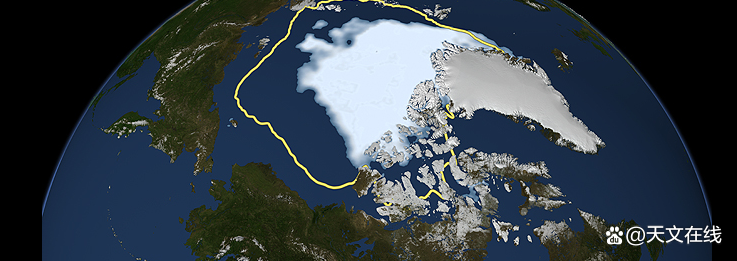
Since 1979, the scope of satellite image has covered the North Pole. 1 square kilometer = 0.386 square miles. (Image source: The conversation, CC-BY-ND)
By the beginning of July, the content of sea ice was very close to the historical low in 2012, but the decrease of the sea ice volume in the second half of the second half slowed down significantly. The cyclone that entered the Arctic from Siberia produced a wind -clockwise wind, which led to drift of sea ice. This counterclockwise sea ice circulation mode usually reduces the number of sea ice removed from the East of Greenland Island in the Arctic. This may be the reason why Greenland observes a record of the creative summer sea ice.
This ice rings mode also increased the ice from the Rapgefifer's sea near Siberia, so that the sea ice content in the early summer of the region set a new historical lowest point. The low -voltage system also increases the amount of cloud over the Arctic. Under normal circumstances, the cloud layer will block the radiation of the solar and reduce the melting of the sea ice, but at the same time they will also capture the heat lost from the surface of the sea ice to heat up. Therefore, the impact of the cloud layer on the melting of the sea ice may be mixed.
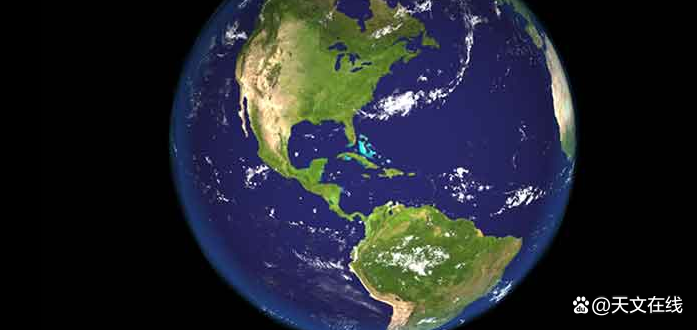
In August, the reduction of sea ice slowed down significantly. At this time, the Siberian coast was generally warm, but the temperature in northern Alaska was low. Due to the global warming, the Beihai route has been promoted by Russia as a global shipping route, but in 2008, this route was first blocked by ice and snow, and it was still very likely that the transit support supported by the ice boat was still very likely. At this stage, the melting of ocean ice is easily affected by the weather conditions of a certain day or week. At this time, even the subtle changes can have a huge impact on the amount of sea ice. In 2007 and 2012, the reduction in sea ice created records, which is related to the abnormal weather in the late summer. "2012 Arctic Cross -Brocket" is an interesting example.
The role of these climate factors on the amount of sea ice is still in dispute. However, scientists generally believe that this specific storm may not be enough to promote the minimum role of the sea ice in those years -when it involves weather and sea ice, things are never that simple.
Arctic sea ice volume reached the lowest point on September 16, 2021
The Arctic sea ice reached the lowest level on September 16, 2021. (Picture source: NASA Earth Observatory/NSIDC)
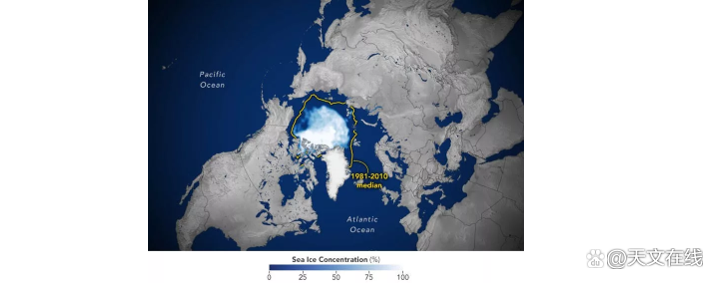
On September 16, the Arctic Sea Ice reached the lowest level in 2021, with 4.72 million square kilometers (1.82 million square miles), which is the 12th lowest ever.
In the next few weeks, with the decrease in the sunlight time and the decrease in temperature, the Arctic Sea Ice will begin to freeze. When the surface temperature of the surrounding ocean drops to the freezing point, the ice floating will release the heat of absorbing and stored throughout the summer, refrigerate, thickened and swell.
In the late stage of this season, where will the Arctic Sea Ice be formed?
In the late season, where the Arctic Sea Ice will be formed. (Picture Source: Josya Stevens/NASA Earth Heaven
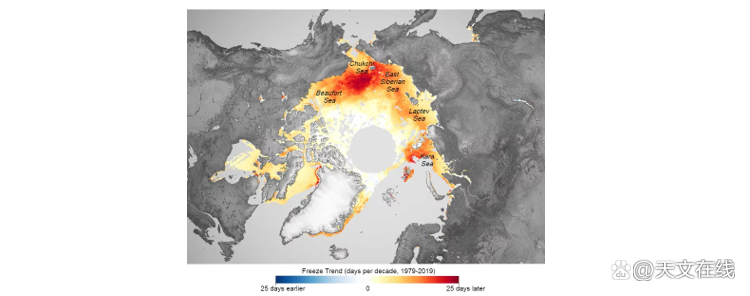
Liteai)
In recent years, the time when sea ice has been frozen has changed back, and it may be postponed to October, or even November. The more calories the ocean obtains in summer, it is necessary to lose more calories before forming sea ice again. Therefore, some great warming signals are actually observed in autumn, although we put all their attention on the ice loss in summer.
There are many things that we haven't understood yet
For those who live and work in the high latitudes of the Arctic, it is very important to understand the ice situation of a certain day or a week. And in these highly decentralized ice environment, predicting the Arctic sea ice ice condition is very challenging
As 2021 has confirmed, sea ice is highly dynamic -it will move and melt according to the weather mode at the time. Think of the place where we live, although there is a good observation information about the weather system, the weather forecaster wants to accurately predict the weather is a very difficult thing. In contrast, the North Pole has almost no direct observation data, so prediction is even more difficult.
Some weather changes may also trigger some feedback cycle locally. For example, abnormal heat waves can cause ice melting and further warming. Wind and ocean flow will also spread the ice breakup to the ocean, making it easier to melt.

Haibing scientists are trying to study to try to understand a variety of processes, thereby improving our prediction model. In understanding the logical architecture of sea ice reduction puzzles, the understanding of ice thickness is the key to the unpredictable during this period.
Because the thickness multiplied by the area is equal to the volume. For Haibing, since the 1980s, its thickness changes have been considered as reduced as the area, which means that the total volume of the North Pole Ice of today is only a quarter of decades ago. For those who want to sail in the Arctic Ocean, knowing that the thickness of any ice that they may encounter is crucial. However, it is difficult to continue to measure the thickness of the sea ice from space. At present, new technologies like CESAT-2 are providing key breakthroughs for this.
Despite these uncertain factors, it seems that the Arctic is likely not to be far away from the ice state in summer. The good news is that how the changes in the amount of Arctic ice still depend on the current emissions, and there is still no evidence that the earth has surpassed the critical point of the sea ice decrease, which means that humans still decide the issue of the Arctic Sea Ice remained. Master a large degree of initiative.
By: Alek Petty
Fy: Bingyang
If there is related content infringement, please contact the author to delete after the work is released
Reprinted, please obtain authorization, and pay attention to maintaining integrity and indicating the source
- END -
This "insulting China" was sentenced

After 5 years, the highly watched Du Du Provincial Association of South Africa cha...
The US official acknowledged: "Tragic failure"

As a result, the 19th elementary school shooting in the United States, which cause...